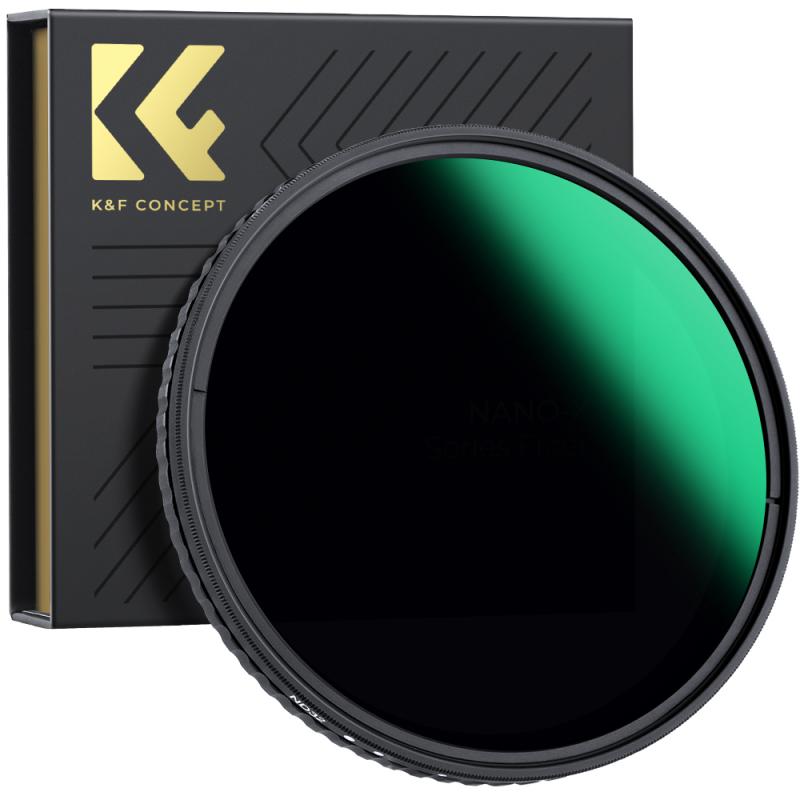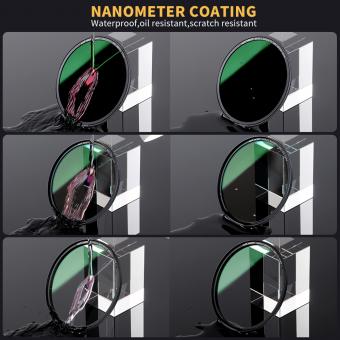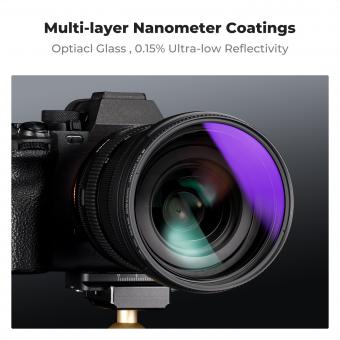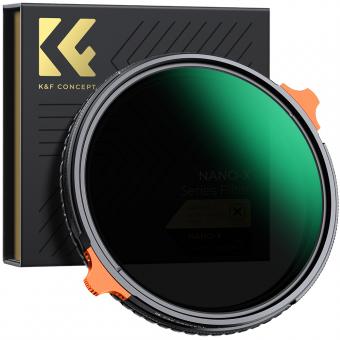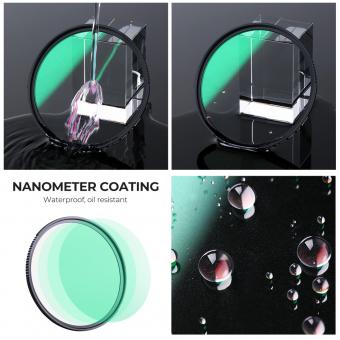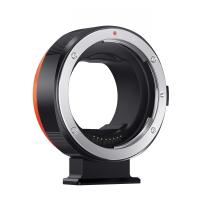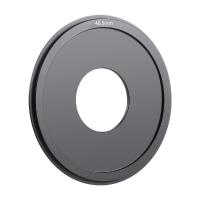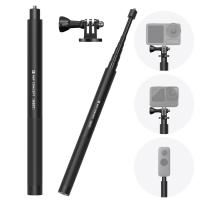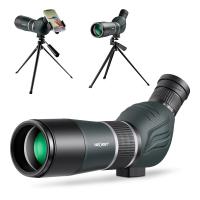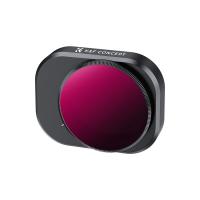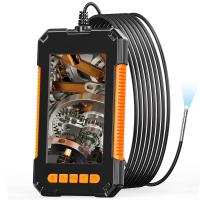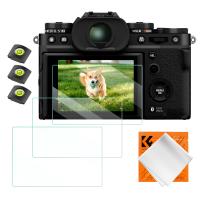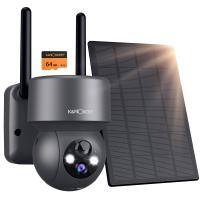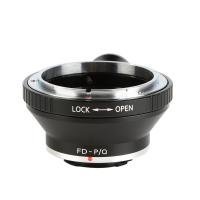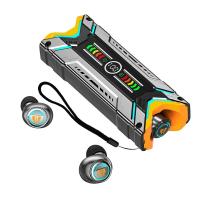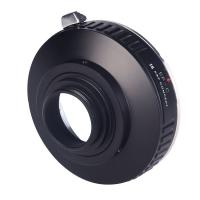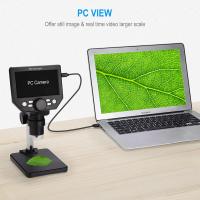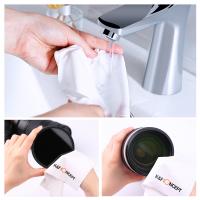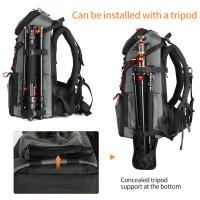What Is An Fld Filter ?
An FLD filter, also known as a fluorescent light filter, is a type of optical filter used in photography and videography. It is designed to correct the color balance when shooting under fluorescent lighting conditions. Fluorescent lights emit light at specific wavelengths that can cause a color cast in photographs or videos, resulting in unnatural or inaccurate colors.
The FLD filter is typically made of a special glass or resin material that selectively blocks or absorbs certain wavelengths of light. It is placed in front of the camera lens to counteract the greenish or bluish tint caused by fluorescent lighting. By filtering out the unwanted wavelengths, the FLD filter helps to achieve more accurate and natural color reproduction in images or videos captured under fluorescent lights. It is particularly useful in situations where the lighting cannot be changed or when shooting in environments with mixed lighting sources.
1、 Definition and Purpose of an FLD Filter in Photography
An FLD filter, also known as a fluorescent light correction filter, is a type of optical filter used in photography to correct the color balance when shooting under fluorescent lighting conditions. Fluorescent lights emit a greenish or bluish light, which can result in an unnatural color cast in photographs. The FLD filter is designed to counteract this color shift and restore more accurate and natural colors to the image.
The purpose of an FLD filter is to neutralize the green or blue color cast caused by fluorescent lighting, making it particularly useful in indoor photography settings such as offices, schools, or shopping malls where fluorescent lights are commonly used. By placing the FLD filter in front of the camera lens, it absorbs the excess green or blue light and allows the camera to capture a more balanced color spectrum.
The FLD filter is typically made of high-quality optical glass or resin and is available in various sizes to fit different camera lenses. It is important to choose the correct size to ensure a proper fit and avoid any vignetting or image distortion.
It is worth noting that with the advancements in digital photography and the ability to adjust white balance settings in post-processing, the use of FLD filters has become less common. Many photographers now prefer to shoot in RAW format and adjust the white balance during the editing process. However, for photographers who prefer to get the colors right in-camera or for those shooting in situations where post-processing is not possible, an FLD filter can still be a valuable tool.
In conclusion, an FLD filter is a specialized optical filter used in photography to correct the color balance when shooting under fluorescent lighting conditions. While its usage has diminished with the advent of digital photography, it can still be beneficial in certain situations where accurate color reproduction is crucial.
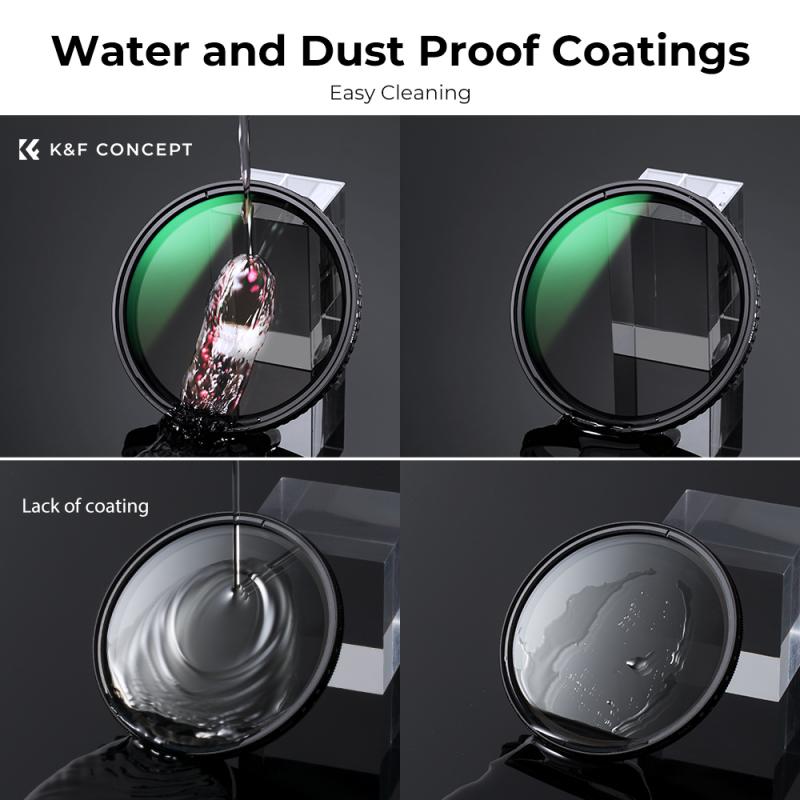
2、 FLD Filter Types and Variations
An FLD filter, also known as a fluorescent light filter, is a type of optical filter used in photography and videography to correct the color balance when shooting under fluorescent lighting conditions. Fluorescent lights emit a greenish or bluish light, which can result in an unnatural color cast in photographs or videos. FLD filters are designed to counteract this color cast and produce more accurate and natural-looking colors.
FLD filters are typically made of a special type of glass or resin that selectively absorbs the green or blue wavelengths of light emitted by fluorescent lights. By blocking these specific wavelengths, the filter helps to restore the proper color balance in the image or video. This is especially important when shooting portraits or other subjects where accurate skin tones are crucial.
There are various types and variations of FLD filters available in the market, each designed to suit different fluorescent lighting conditions. Some filters are specifically tailored for cool white fluorescent lights, while others are more suitable for warm white or daylight fluorescent lights. It is important to choose the right FLD filter based on the specific lighting conditions to achieve the desired color correction.
In recent years, with the advancements in digital photography and videography, the need for FLD filters has somewhat diminished. Many modern cameras and editing software offer white balance adjustments that can effectively correct the color cast caused by fluorescent lighting. However, FLD filters still have their place, especially in situations where precise color correction is required or when shooting with older cameras that lack advanced white balance controls.
Overall, an FLD filter is a valuable tool for photographers and videographers working in fluorescent lighting environments. It helps to ensure accurate color reproduction and enhances the overall quality of the captured images or videos.
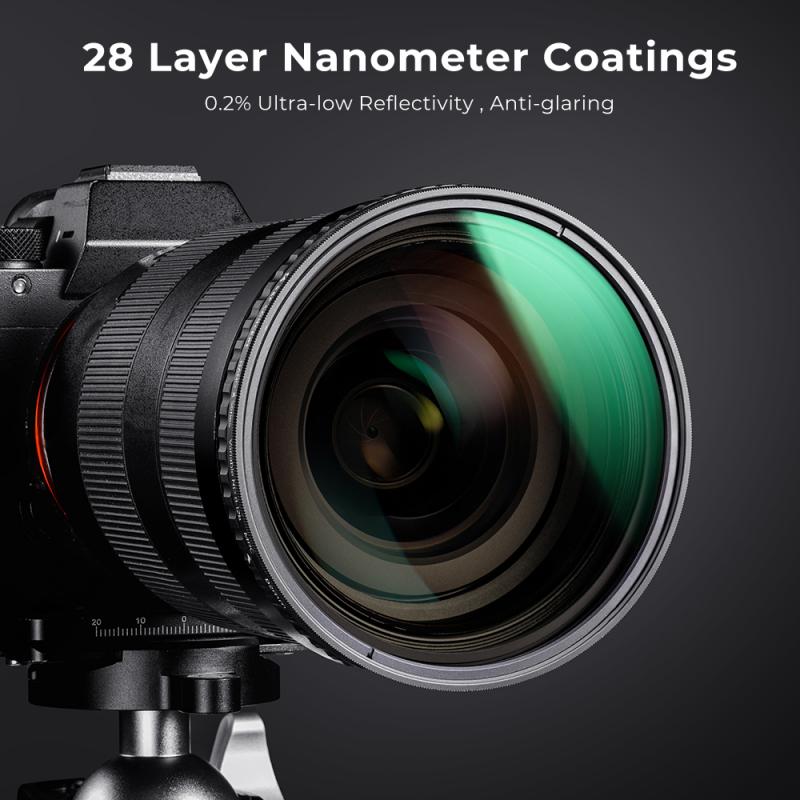
3、 How FLD Filters Impact Color Correction in Images
An FLD filter, also known as a fluorescent light filter, is a type of optical filter used in photography and videography to correct color imbalances caused by fluorescent lighting. Fluorescent lights emit a greenish or bluish light that can distort the colors in an image, resulting in an unnatural and unappealing appearance. FLD filters are designed to counteract this effect by blocking the green and blue wavelengths of light, allowing the camera to capture more accurate and pleasing colors.
When shooting under fluorescent lighting conditions without an FLD filter, images can appear with a green or blue color cast. This can be particularly problematic when photographing people, as it can make their skin tones look sickly or unnatural. By using an FLD filter, photographers and videographers can achieve more accurate color reproduction, ensuring that the final image or video reflects the true colors of the subject.
In recent years, the impact of FLD filters on color correction has become even more significant due to advancements in digital imaging technology. With the rise of digital cameras and post-processing software, photographers have more control over color correction than ever before. However, it is still crucial to use an FLD filter when shooting under fluorescent lighting conditions to minimize the need for extensive color correction in post-production.
In conclusion, an FLD filter is an essential tool for photographers and videographers working in environments with fluorescent lighting. By effectively blocking green and blue wavelengths of light, FLD filters help to correct color imbalances and ensure accurate color reproduction. With the advancements in digital imaging technology, FLD filters continue to play a vital role in color correction, allowing photographers to capture more natural and appealing images.
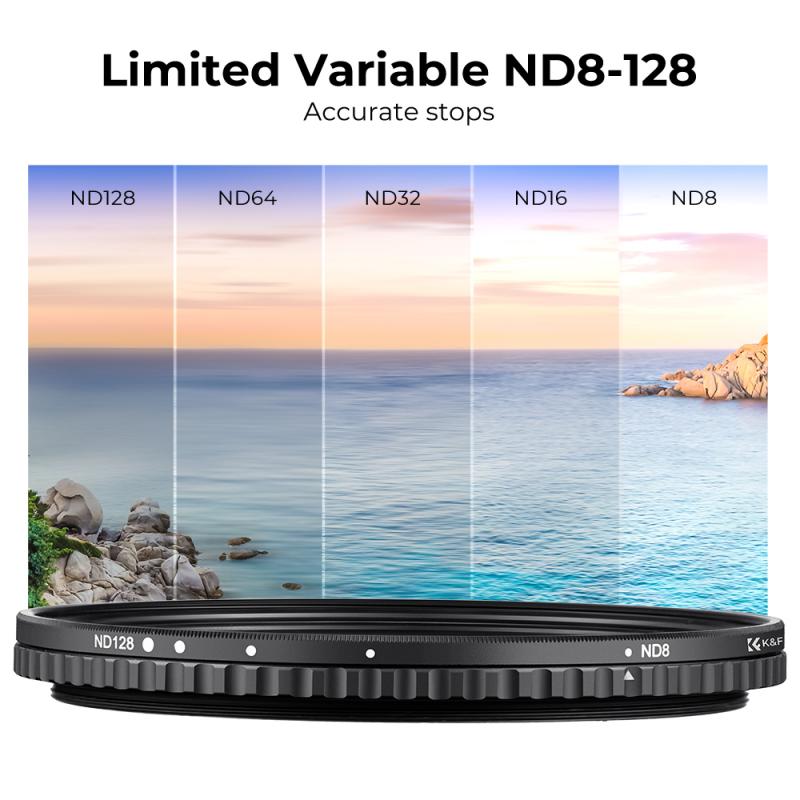
4、 FLD Filter Applications in Different Lighting Conditions
An FLD filter, also known as a fluorescent light correction filter, is a type of optical filter used in photography and videography to correct the color balance when shooting under fluorescent lighting conditions. Fluorescent lights emit a greenish or bluish light, which can result in an unnatural color cast in photographs or videos. The FLD filter is designed to counteract this color cast and restore more accurate and natural colors to the image.
The FLD filter works by absorbing the excess green and blue light emitted by fluorescent lights, allowing the camera to capture a more balanced color spectrum. It effectively shifts the color temperature of the light towards the warmer end of the spectrum, compensating for the cool tones of fluorescent lighting. This helps to produce images with more accurate skin tones and overall color reproduction.
FLD filters are particularly useful in situations where the primary light source is fluorescent lighting, such as in indoor environments like offices, schools, or retail spaces. They are commonly used by photographers and videographers who need to capture accurate colors in their work, such as portrait photographers, product photographers, or filmmakers shooting in indoor locations.
In recent years, with the advancement of LED lighting technology, the use of FLD filters has become less common. LED lights are designed to have a more balanced color spectrum, reducing the need for color correction filters. However, there are still situations where fluorescent lighting is prevalent, and FLD filters remain a valuable tool for achieving accurate color reproduction.
In conclusion, an FLD filter is a color correction filter used to counteract the greenish or bluish color cast produced by fluorescent lighting. It is commonly used in photography and videography to achieve more accurate and natural colors in images and videos captured under fluorescent lighting conditions.
